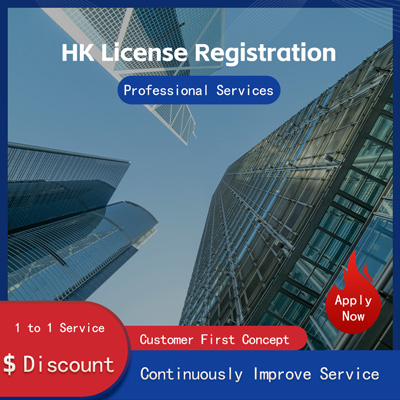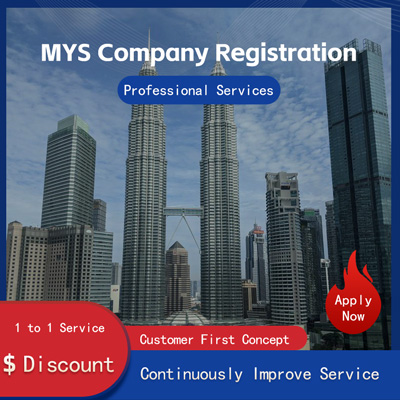
New Sellers' Guide 12 Cross-Border E-Com Models Explained
12 Common Cross-Border E-commerce Operation Models for Beginners
With the continuous trend of globalization, cross-border e-commerce has become an area of increasing interest to more and more businesses. For beginners, understanding and mastering various cross-border e-commerce operation models is essential. This article will introduce 12 common operational models in cross-border e-commerce to help new sellers better adapt to market conditions and improve operational efficiency.

1. Platform-Based Cross-Border E-commerce Model
The platform-based model involves conducting transactions and logistics through third-party platforms. Sellers use data analysis provided by these platforms to develop marketing strategies and boost sales. Amazon, AliExpress, and DHgate are well-known examples of such platforms.
2. Self-Operated Cross-Border E-commerce Model
In this model, sellers build their own e-commerce platforms and manage all aspects including product sourcing, warehousing, and logistics. The advantage lies in greater control over the supply chain, ensuring product quality, and enhancing customer satisfaction.
3. Vertical Cross-Border E-commerce Model
This model focuses on a specific category or brand. By specializing in one field, sellers can increase expertise, reduce costs, and strengthen competitiveness. For instance, a vertical platform focusing on apparel can achieve higher profit margins through bulk purchasing and optimized logistics.
4. Hybrid Cross-Border E-commerce Model
The hybrid model combines both platform-based and self-operated approaches. Depending on actual circumstances, sellers choose the most suitable strategy. This approach allows sellers to leverage traffic and resources from third-party platforms while maintaining supply chain control and reducing risks.
5. Flash Sale Cross-Border E-commerce Model
This model involves quickly selling a particular product within a short period of time. It is often used for seasonal products or sudden demand spikes. Sellers must organize production, procurement, and logistics efficiently to meet consumer needs.
6. Direct-to-Consumer DTC Cross-Border E-commerce Model
The DTC model refers to selling directly to end consumers without intermediaries. By establishing direct sales channels, sellers can cut costs, increase profit margins, and gain deeper insights into customer preferences, thereby improving satisfaction.
7. B2B Cross-Border E-commerce Model
Business-to-business B2B cross-border e-commerce involves transactions between companies. Through online platforms, sellers can streamline procurement and sales processes, reduce transaction costs, and enhance efficiency. Alibaba.com is a prominent example of a B2B cross-border e-commerce platform.
8. B2C/C2C Integrated Cross-Border E-commerce Model
This model integrates both business-to-consumer B2C and consumer-to-consumer C2C operations. By building or partnering with platforms, sellers can attract buyers while also offering individuals the ability to sell products. This model helps expand sales channels and increase brand visibility.
9. Social Commerce Model
Social commerce involves promoting and selling products through social media platforms. Sellers utilize user data from these platforms to create targeted marketing strategies that improve conversion rates. WeChat, Weibo, and TikTok are popular platforms for this model.
10. Marketing-Oriented Cross-Border E-commerce Model
This model emphasizes creating high-quality content to attract consumers and guide them toward purchases. By publishing valuable content, sellers can raise brand awareness and loyalty, ultimately increasing customer retention.
11. Data-Driven Cross-Border E-commerce Model
In this model, data analytics are used to optimize sales strategies. By collecting and analyzing customer and sales data, sellers can develop precise marketing plans that boost sales and enhance customer satisfaction. For example, big data can be used to analyze buying habits and offer personalized recommendations.
12. Cross-Border O2O Online to Offline Model
The cross-border O2O model combines online and offline sales. Sellers establish physical stores or experience centers overseas to provide in-person services, while also using online channels for sales and promotion. This model enhances brand recognition, improves customer satisfaction, and reduces logistics and inventory risks.
In conclusion, when choosing a cross-border e-commerce model, new sellers should carefully evaluate their own situation and select the most appropriate approach. It’s also important to continuously learn about market trends and refine operational strategies to stay competitive. The ultimate goal is to increase both brand awareness and sales performance.
Helpful (0)
No help (0)
Still have questions after reading? More than 98,000 users have contacted us. Please fill in the following information to obtain business information.

Service Scope
MoreRecommended for You
- A Crucial Step in Trademark Registration Why You Can't Skimp on CR Fee
- How Much Does It Cost to Register a Trademark in the U.S.? A Clear Breakdown of Fees!
- Want to Register a Trademark in the U.S.? Master These Key Steps to Launch Your Brand Smoothly!
- How to Apply for a US Trademark? 10 Key Tips to Nail It in One Go!
- How to Successfully Register a Trademark in the U.S. for a Singapore Co. A Practical Guide
- How to Apply for a US Trademark After Registering a Company in Singapore? A Detailed Guide on Costs and Process
- A Comprehensive Analysis of US Companies Registering Trademarks in China How Much Do You Know?
- Guide to Registering a U.S. Trademark for Singapore Businesses Costs, Process Practical Tips
- How to Register a Trademark in the U.S. for a Shenzhen Company? Here's a Complete Guide!
- U.S. Trademark Registration Guide Step-by-Step Process Key Considerations
- Things to Know About U.S. Trademark Registration Is a Business License Needed? Cost Breakdown Here
- Shenzhen Startups Must Read US Trademark Registration Requirements Process Explained
- How to Register a Company and Apply for a Trademark in the U.S. What Documents and Procedures Are Needed?
- How to Easily Register a Company Trademark in the U.S. and Hong Kong - A Detailed Guide!
- 7 Key Tips You Must Know to Apply for a Trademark in the U.S.
- Do You Need a Trademark to Establish a Subsidiary in Hong Kong? A Deep Dive into Why This Step is Crucial
- Hong Kong Trademark Registration Costs Explained Boosting Business Globalization
- Trademark Registration in the U.S. Company or Individual? Let's Find Out!
- How to Register a Chinese Trademark in the U.S.? A Complete Guide with Practical Tips
- U.S. Trademark Registration Costs Explained All You Need to Know!


 ONE
ONE








Customer Reviews
Small *** Table
December 12, 2024The experience was very good. I was still struggling to compare it with other companies. I went to the site a few days ago and wanted to implement it as soon as possible. I didn't expect that everything exceeded my expectations. The company is very large, with several hundred square meters. The employees are also dedicated and responsible. There is also a wall of certificates. I placed an order on the spot. It turned out that I did not make a wrong choice. The company's service attitude is very good and professional. The person who contacted me explained various things in detail in advance. After placing the order, the follow-up was also very timely, and they took the initiative to report the progress to me. In short, I am very satisfied and recommend this company!
Lin *** e
December 18, 2024When I first consulted customer service, they recommended an agent to me. They were very professional and patient and provided excellent service. They answered my questions as they came in. This 2-to-1 service model is very thoughtful. I had a lot of questions that I didn’t understand, and it’s not easy to register a company in Hong Kong. Fortunately, I have you.
t *** 7
December 19, 2024I originally thought that they only did mainland business, but I didn’t expect that they had been doing Hong Kong business and were doing very well. After the on-site interview, I decided to ask them to arrange the registration of my Hong Kong company. They helped me complete it very quickly and provided all the necessary information. The efficiency was awesome. It turns out that professional things should be done by professionals.👍
b *** 5
December 16, 2024In order to register a company in Hong Kong, I compared many platforms and stores and finally chose this store. The merchant said that they have been operating offline for more than 10 years and are indeed an old team of corporate services. The efficiency is first-class, and the customer service is also very professional.